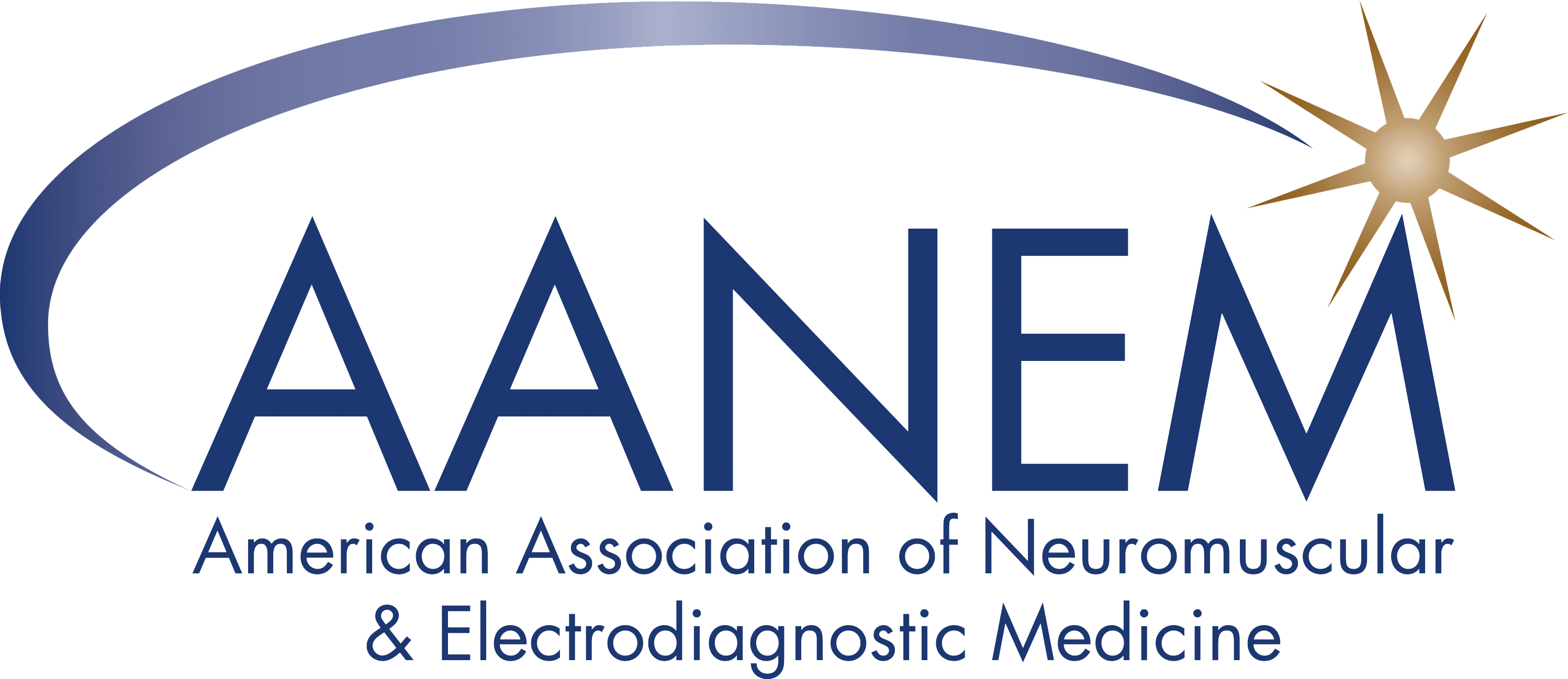Credentialing of EDX Medicine Physicians
The granting of clinical staff privileges is one of the primary mechanisms used by institutions to uphold the quality of care. When considering credentialing electrodiagnostic (EDX) physicians and granting them clinical privileges, it is important to recognize that the EDX evaluation is an extension of the neurologic portion of the physical examination. The necessary depth of understanding requires the EDX physician to have specialized EDX training in anatomy, neurophysiology and EDX testing including both nerve conduction studies (NCSs) and needle electromyography (EMG) to provide the proper testing and assessment of the patient’s condition and understand appropriate safety measures. It would be highly unlikely that this training and/or credentialing is possessed by providers other than physicians who have completed an Accreditation Council for Graduate Medical Education (ACGME), American Osteopathic Association (AOA), or Royal College of Physicians and Surgeons of Canada (RCPSC) residency program in neurology or physical medicine and rehabilitation (PM&R).
AANEM guidelines state that EDX physicians (MD or DO) should personally perform the needle EMG examination and not delegate these examinations to technologists or others who are not EDX physicians.1 If a technologist performs the NCSs, the supervising EDX physician should directly participate in the pretest evaluation and plan the subsequent study. Therefore, the physician should be immediately available and promptly review test results in real time. After completion of the NCS and needle EMGs, the physician should compose a report summarizing the data and provide the diagnostic conclusions which are determined by integrating the analysis of the tests results with the findings on the history and physical examination.1 This integration process must occur concurrent to the performance of the studies and be performed by the interpreting EDX physician at the time of testing, guiding both nerve and muscle selection.2 Due to the nature of this requirement, it cannot be performed by a physician who is offsite.
The American Board of Electrodiagnostic Medicine (ABEM) certification is one method of determining EDX competency. In addition, the American Board of Psychiatry and Neurology (ABPN) offers certification in clinical neurophysiology and American Board of Physical Medicine and Rehabilitation (ABPMR), along with ABPN, offers certification in neuromuscular medicine. The ABEM certification examination focuses on knowledge needed to evaluate and diagnose patients with muscle and nerve disorders through EDX testing. The other examinations include other diagnostic testing methods in addition to EDX testing.
It is the sole prerogative of each hospital or institution to define the criteria used to determine whether an individual physician is qualified for specific clinical privileges. Such criteria may include any combination of a wide range of requirements including, but not limited to, completion of a residency training program, additional specialized course work, or medical subspecialty certification. There is no requirement for a diplomate in a recognized specialty to hold certification in a subspecialty of that field in order to include aspects of the subspecialty within the range of privileges. Furthermore, requirements for hospital privileges and board certification may be different.
Current American Medical Association (AMA) policy H-230.989 states that “Concerning the granting of staff and clinical privileges in hospitals and other health care facilities, the AMA believes: (1) the best interests of patients should be the predominant consideration; (2) the accordance and delineation of privileges should be determined on an individual basis, commensurate with an applicant's education, training, experience, and demonstrated current competence. In implementing these criteria, each facility should formulate and apply reasonable, nondiscriminatory standards for the evaluation of an applicant's credentials, free of anti-competitive intent or purpose…”3 The Joint Commission on Accreditation of Healthcare Organizations requires that, regardless of the method of granting privileges, it be “based on the individual’s demonstrated current competence.” These guidelines are in conformity with the standards of the Accreditation Association of Ambulatory Health Care.
References
- American Association of Neuromuscular & Electrodiagnostic Medicine. Who is Qualified to Perform Electrodiagnostic Medicine. Updated November 2017.http://aanem.org/getmedia/f96400ac-6534-4f9f-bddc-21231e241e0c/who_is_qualified.PDF.aspx
- American Association of Neuromuscular& Electrodiagnostic Medicine. Proper Performance and Interpretation of Electrodiagnostic Studies. https://www.aanem.org/docs/default-source/documents/aanem/advocacy/position-statement-proper-performance-of-edx-2014.pdf. Updated June 2014 (Originally published in Muscle Nerve 2006;33: 436 – 439).
- American Medical Association www.ama-assn.org, Retrieved on March 28, 2019, from https://policysearch.ama-assn.org/policyfinder/detail/patientprotectionandclinical?uri=%2FAMADoc%2FHOD.xml-0-1620.xml
Document History
Creation of New Guidelines, Consensus Statements, or Position Papers
AANEM members are encouraged to submit ideas for papers that can improve the understanding of the field. The AANEM will review nominated topics on the basis of the following criteria:- Members’ needs
- Prevalence of condition
- Health impact of condition for the individual and others
- Socioeconomic impact
- Extent of practice variation
- Quality of available evidence
- External constraints on practice
- Urgency for evaluation of new practice technology
